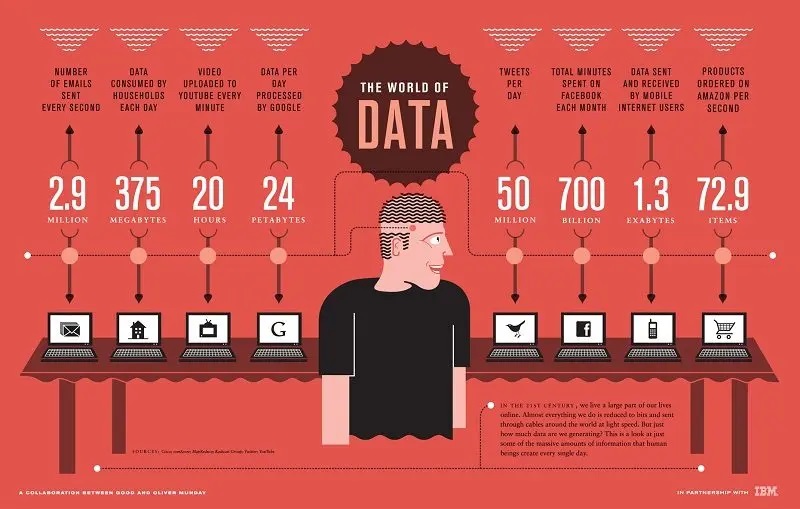Exploring the World of Data Science: Big Data and Analytics Decoded

In the digital age, data has become the lifeblood of our world. From the websites we visit to the products we buy, every action generates an immense amount of data. Within this sea of information lies valuable insights waiting to be discovered. This is where data science comes into play—a multidisciplinary field that harnesses the power of data to make informed decisions, predictions, and uncover hidden patterns.
What is Data Science?
Data science is an interdisciplinary field that combines expertise from statistics, mathematics, computer science, and domain knowledge to extract knowledge and insights from data. It involves a systematic approach to collecting, cleaning, analyzing, and interpreting data to solve complex problems and support decision-making processes.
The Rise of Big Data:
In recent years, the explosion of digital technologies and the internet has given rise to “Big Data.” Big Data refers to vast volumes of data that cannot be efficiently processed using traditional data management tools. This data comes from various sources, including social media platforms, sensors, e-commerce transactions, and more.
The Role of Data Scientists:
Data scientists play a pivotal role in the world of Big Data and analytics. They are skilled professionals who possess a blend of technical, analytical, and business acumen. Data scientists work on diverse projects, such as predicting customer behavior, optimizing supply chains, improving healthcare outcomes, and enhancing marketing strategies.

Key Components of Data Science:
- Data Collection: Gathering relevant data from various sources, including databases, APIs, web scraping, and IoT devices.
- Data Cleaning and Preprocessing: Ensuring that the data is accurate, complete, and free from errors, as raw data may contain noise or inconsistencies.
- Data Analysis: Utilizing statistical and machine learning techniques to explore and analyze the data, identifying patterns and relationships.
- Data Visualization: Creating visual representations of the analyzed data to communicate complex findings effectively.
- Machine Learning: Building predictive models that can make accurate predictions and classifications based on historical data.
- Deep Learning: Leveraging neural networks to process large and unstructured datasets, such as images, audio, and text.
Applications of Data Science:
Data science finds applications in various industries, including:
- Finance: Fraud detection, credit risk assessment, and algorithmic trading.
- Healthcare: Disease diagnosis, drug discovery, and patient outcome prediction.
- Marketing: Customer segmentation, personalized recommendations, and campaign optimization.
- E-commerce: Demand forecasting, inventory management, and customer churn analysis.
- Transportation: Route optimization, traffic prediction, and autonomous vehicles.
Conclusion:
Data science is a powerful discipline that has transformed the way we approach problem-solving and decision-making in today’s data-driven world. By applying the principles of data science, businesses and organizations can gain valuable insights, improve efficiency, and stay ahead in a highly competitive landscape. As the volume of data continues to grow, the demand for skilled data scientists will only increase, making data science an exciting and promising field to explore and be a part of.
Read Also Resources and Tools for Calculating Education Loan EMI and Repayment Plans




